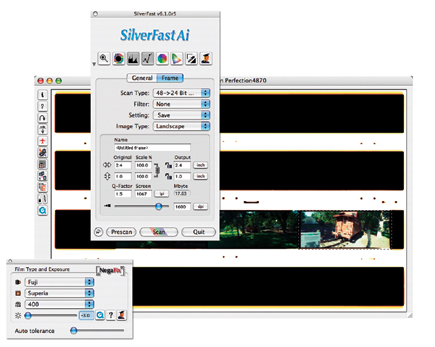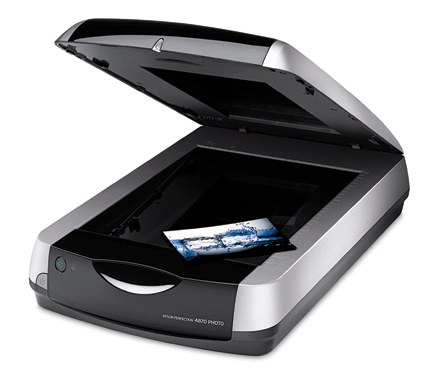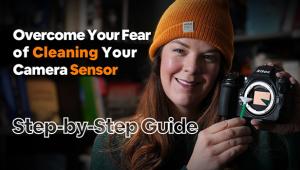XPan Scans; Tips And Tools For Digitizing Panoramic Film
My favorite scene in the film Lawrence of Arabia is when Peter O'Toole, as Lawrence, looks out onto the desert landscape and watches a rider riding slowly toward him. It turns out to be Omar Sharif but the encounter is made more dramatic by the widescreen format.
 |
|
|
There are a lot of ways to make panoramic images, including cropping standard formats or shooting a series of digital images and stitching them together, but the easiest way, for me, is to use a panoramic camera. Shooting a panoramic still image, especially landscapes, eliminates lots of foreground and sky that add little to the image while allowing you to capture the subject within its surroundings.
One of the advantages is that you can look through the viewfinder and see the image. The disadvantage is that nobody is making digital panoramic cameras--at least not yet--but it doesn't have to be expensive to capture and digitize panoramic images.
 |
|
|
Lay The Film On A Flat-Bed
One of the best combinations for the money is an inexpensive panoramic camera,
such as the Horizon 202 (see "Scan The Horizon"), with an equally
inexpensive flat-bed scanner. Recently, I've been using the Epson Perfection
4870 PHOTO to scan negatives from the Horizon. Yes, I tend to shoot negative
film, color and C-41 black and white, for my panoramic images.
You can shoot whatever kind of film you prefer but I like to scan negatives
because it's much easier for me to get C-41 film processed nearby and
cheaply. There are a few other reasons I like negatives: Neg film has wider
latitude and less contrast, making it a better fit for an inexpensive flat-bed
scanner that may not have the large dynamic range or price tag of a dedicated
film scanner.
 |
|
|
The most important aspect of film scanning, just as when in working in a traditional wet darkroom, is cleanliness. I use Falcon Safety Products' Dust-Off Screen Shammy to make sure the scanner's glass is clean and lint-free. This suede-like microfiber cleaning cloth is designed for cleaning sensitive surfaces, such as plasma displays, precision optics, and scanner glass. (Tip: I keep one in my camera bag to wipe finger and nose marks off my digital SLR's LCD screen.) That's just phase one. After slipping the negatives into the film holder, I give them a light blast of Falcon's Dust-Off Plus to save retouching time. The environmentally aware should know that this stuff is 100 percent ozone safe.
 |
|
|
Epson's latest 35mm film holders hold four strips of film, but older models had little frames that got in the middle of panoramic negatives. I took one of them and used a hobby knife to remove the frames, opening it up to strips of two or three (depending on the format) panoramic negatives. The openings in Epson's 35mm film holders are slightly larger than the film, so photographic purists can show the edges, and I do with the images captured with the Horizon 202.
 |
|
|
For Digital Perfectionists
The Hasselblad XPan is different than the Horizon. The XPan and XPan II shoot
21 24x65mm panoramic frames on a
36-exposure roll of film, but can also capture 24x36mm frames--even in
mid roll. In Panorama mode, the frame is as tall as 35mm format but almost twice
as wide. So much so that its length is identical to a 6x7cm rollfilm format.
By now you've probably already figured it out; if you scan XPan film you're
going to need a medium format scanner.
 |
|
|
Microtek's ArtixScan 120tf film scanner handles a variety of film formats
such as 35mm, including 35x78mm panoramic, as well as four sizes of medium format
film, including 6x4.5, 6x6, 6x7, and 6x9. Three hot swappable film holders accommodate
all of these film formats and are bundled with the scanner. Blasting the negatives
with Dust-Off before inserting the film holder can make a significant reduction
in dust spotting time. The ArtixScan 120tf is a pro's tool and features
an optical resolution of 4000dpi, 4.2 optical density, and 42-bit color with
high-bit raw data file output.
- Log in or register to post comments

















































